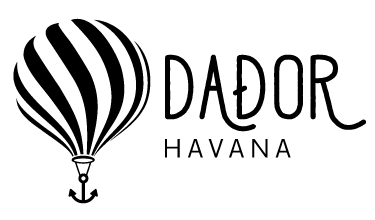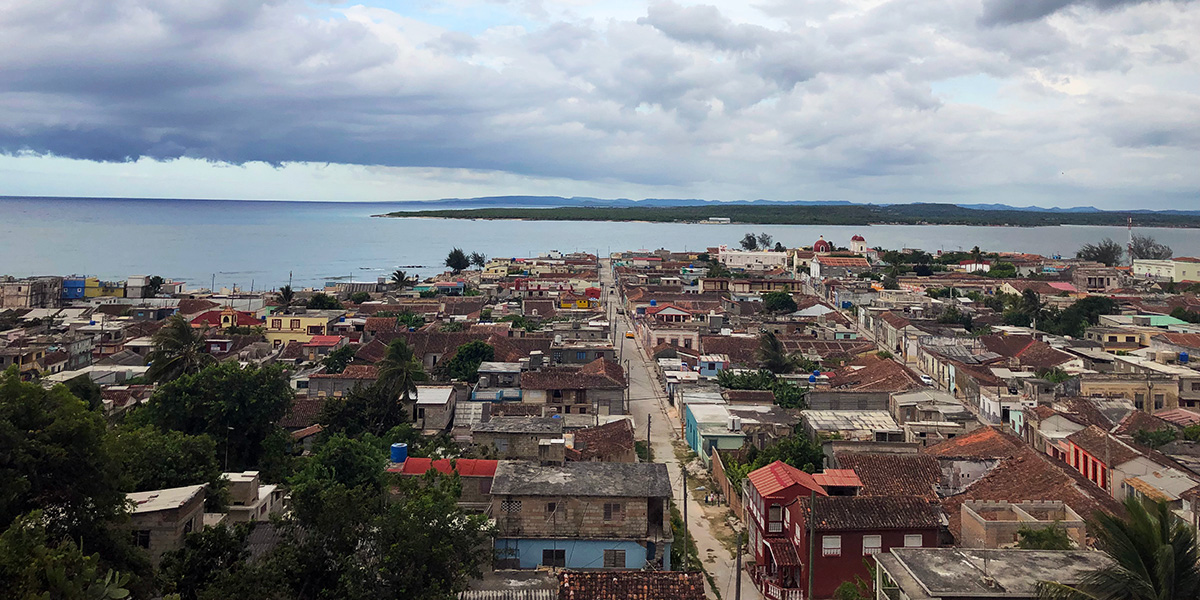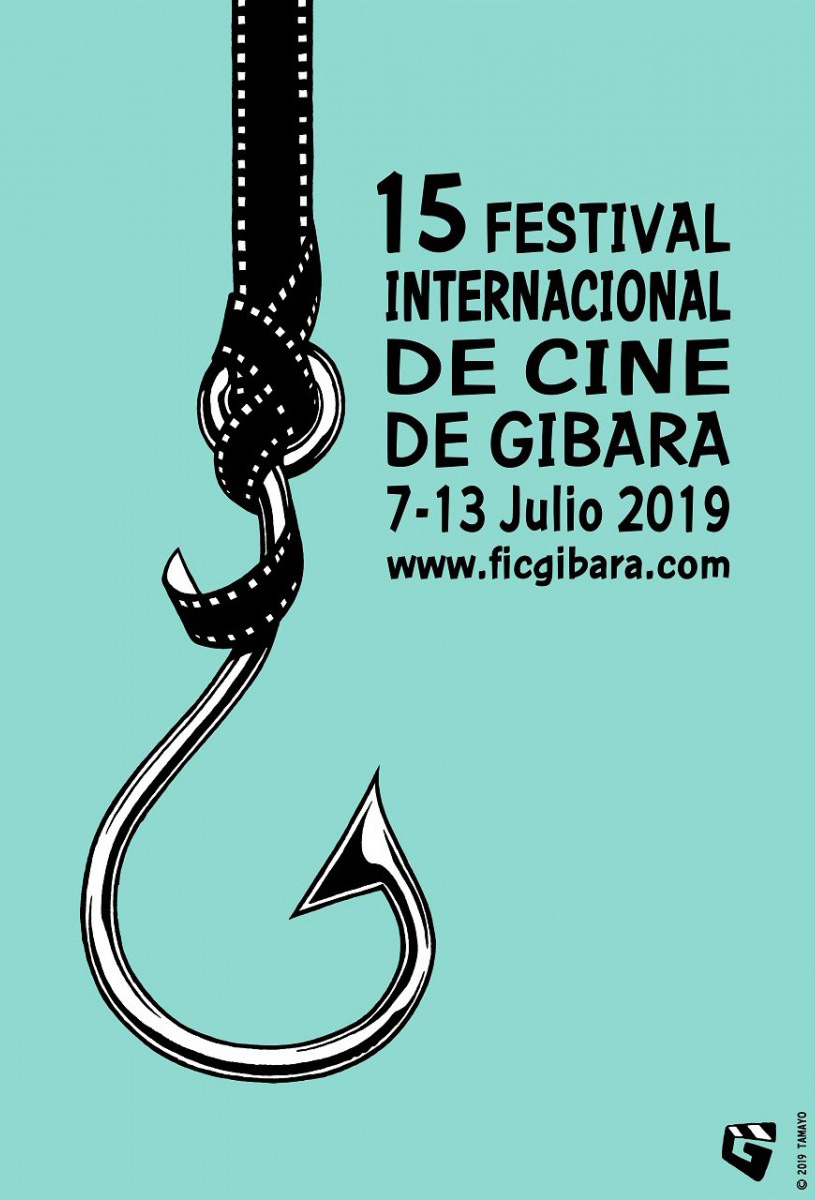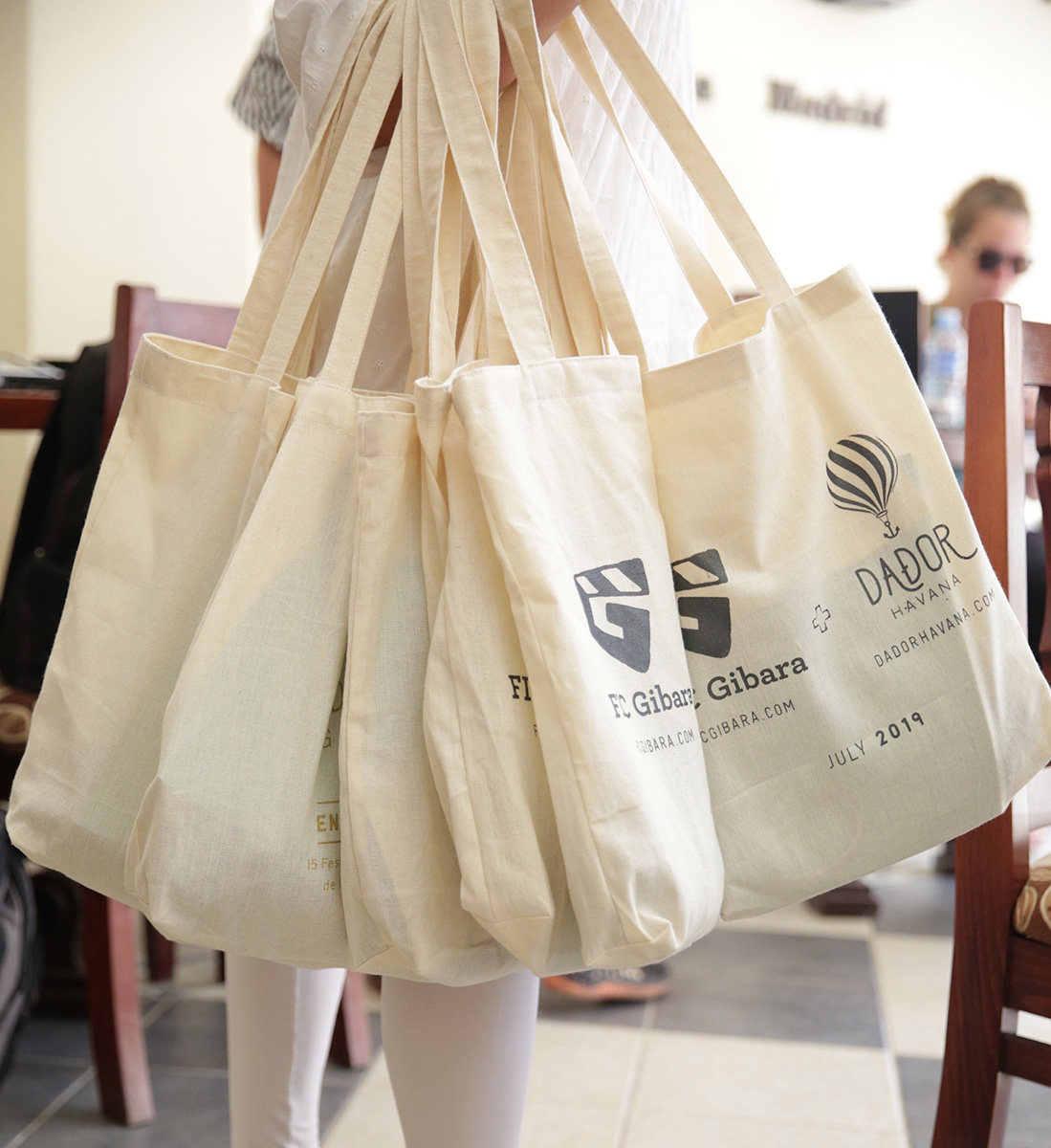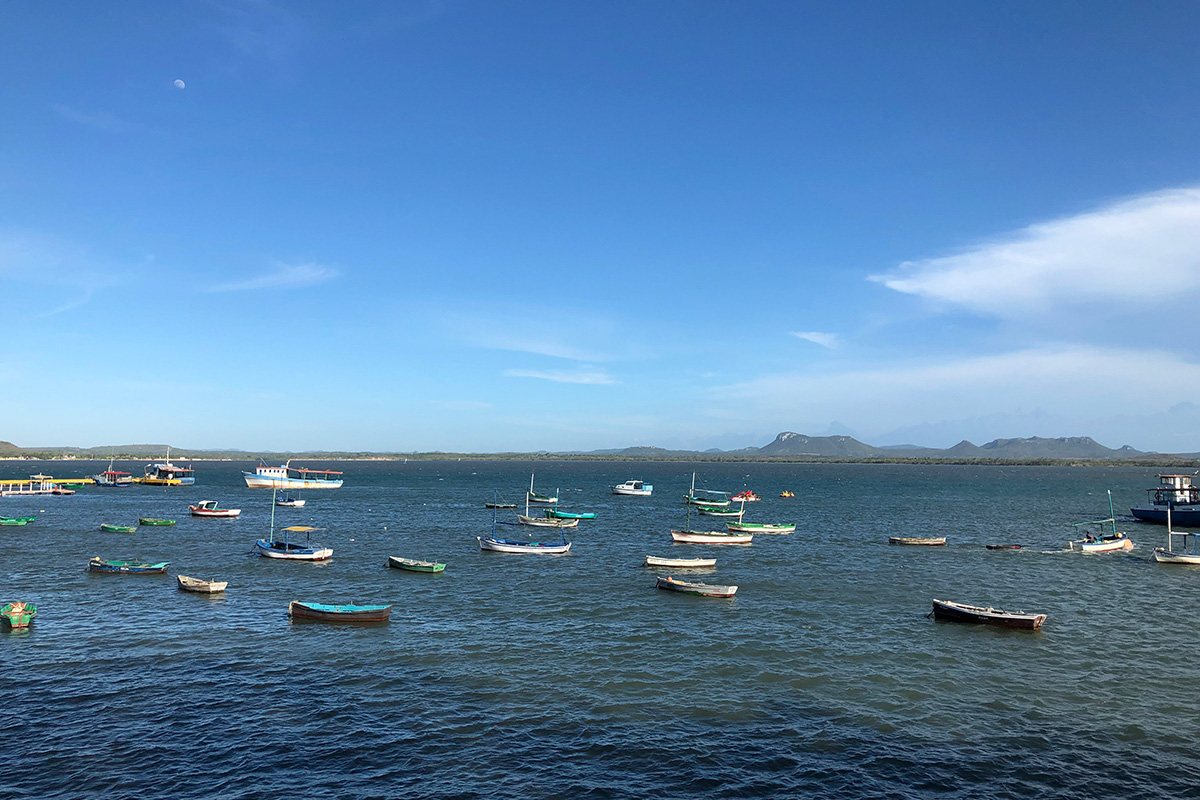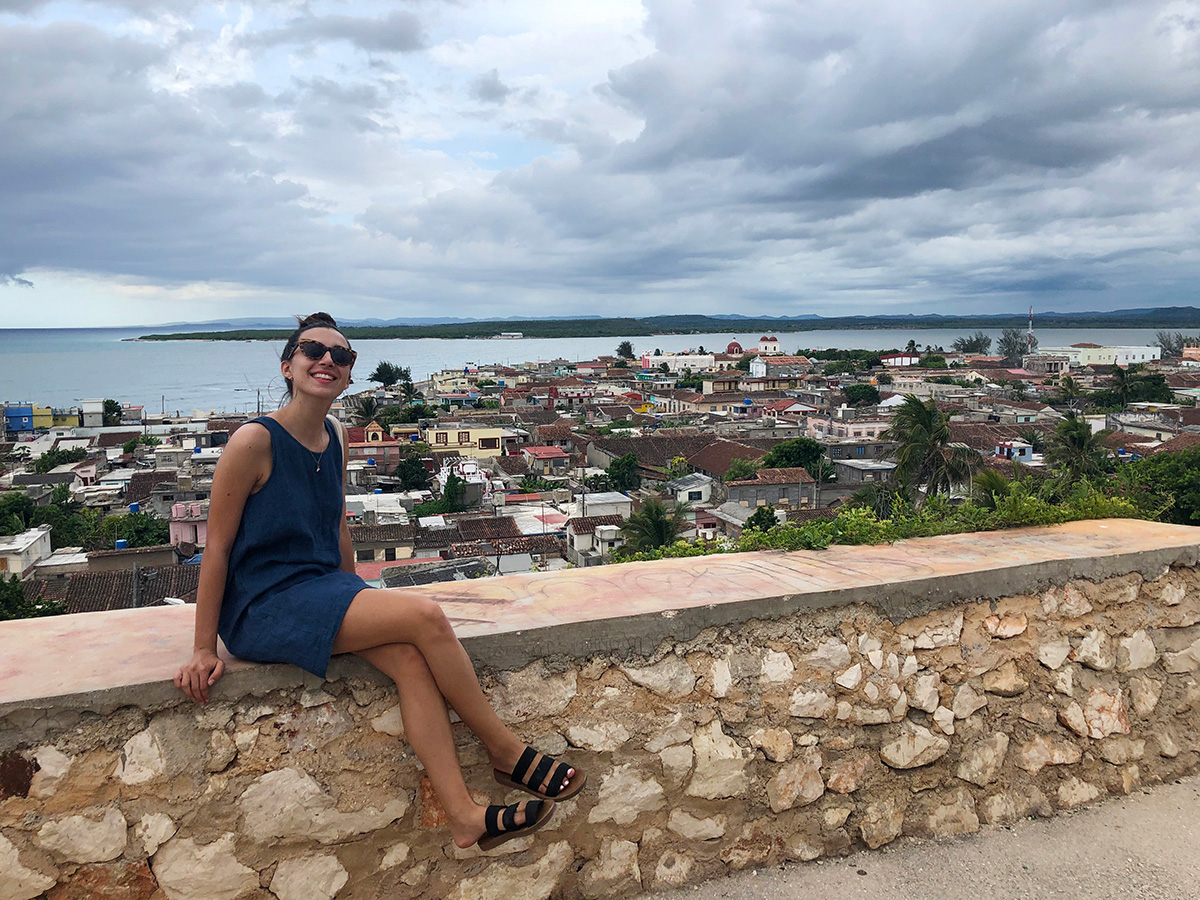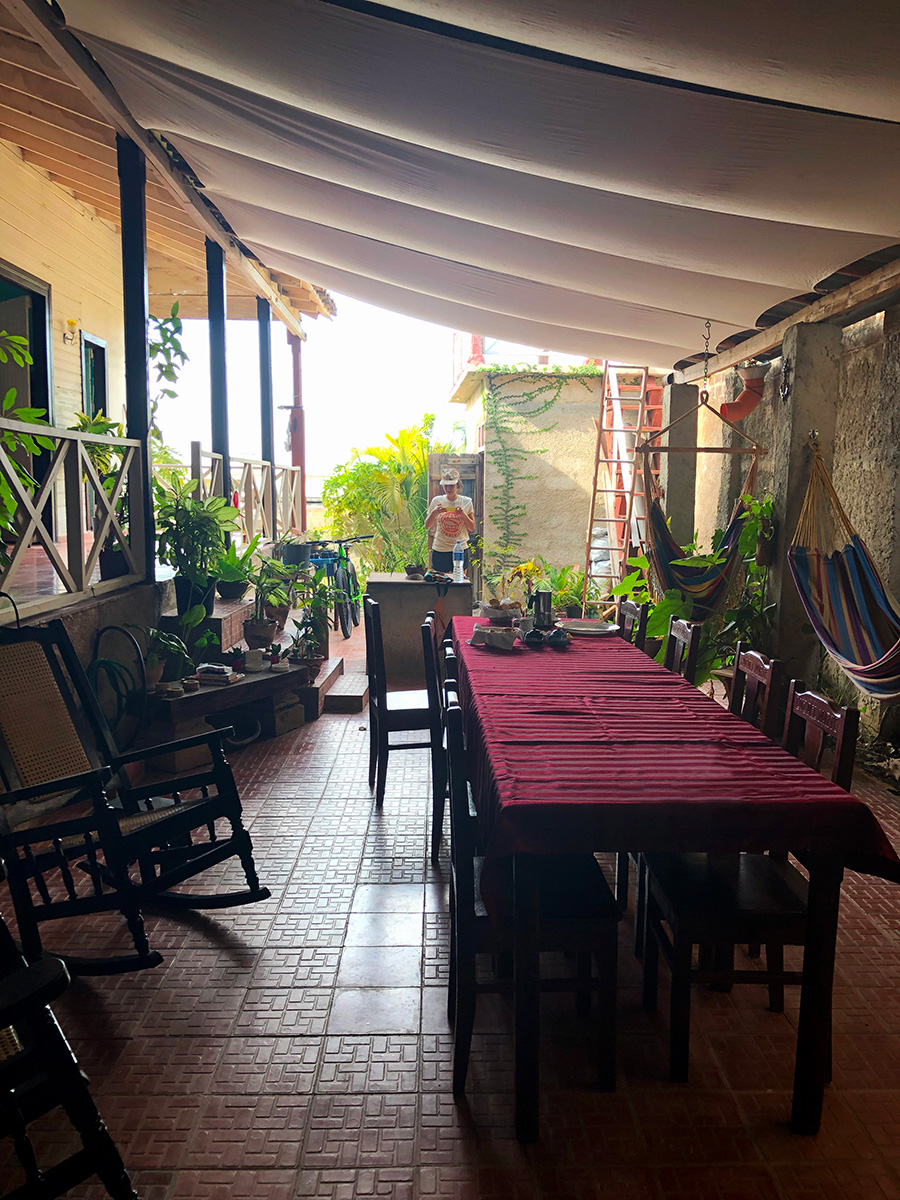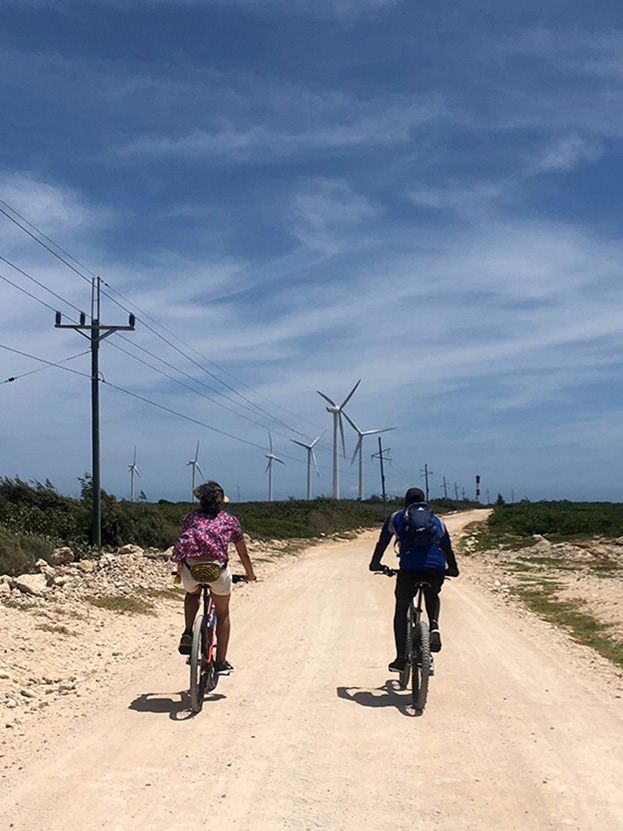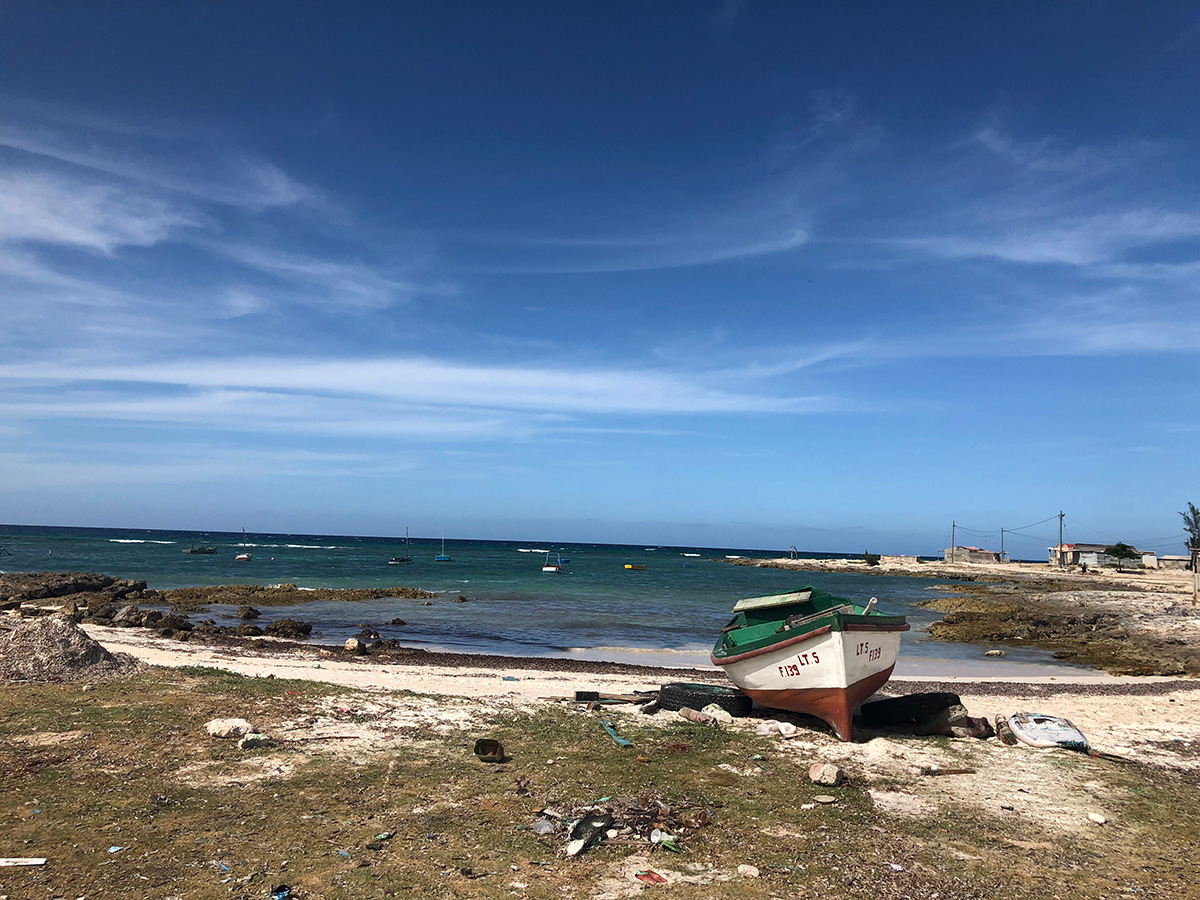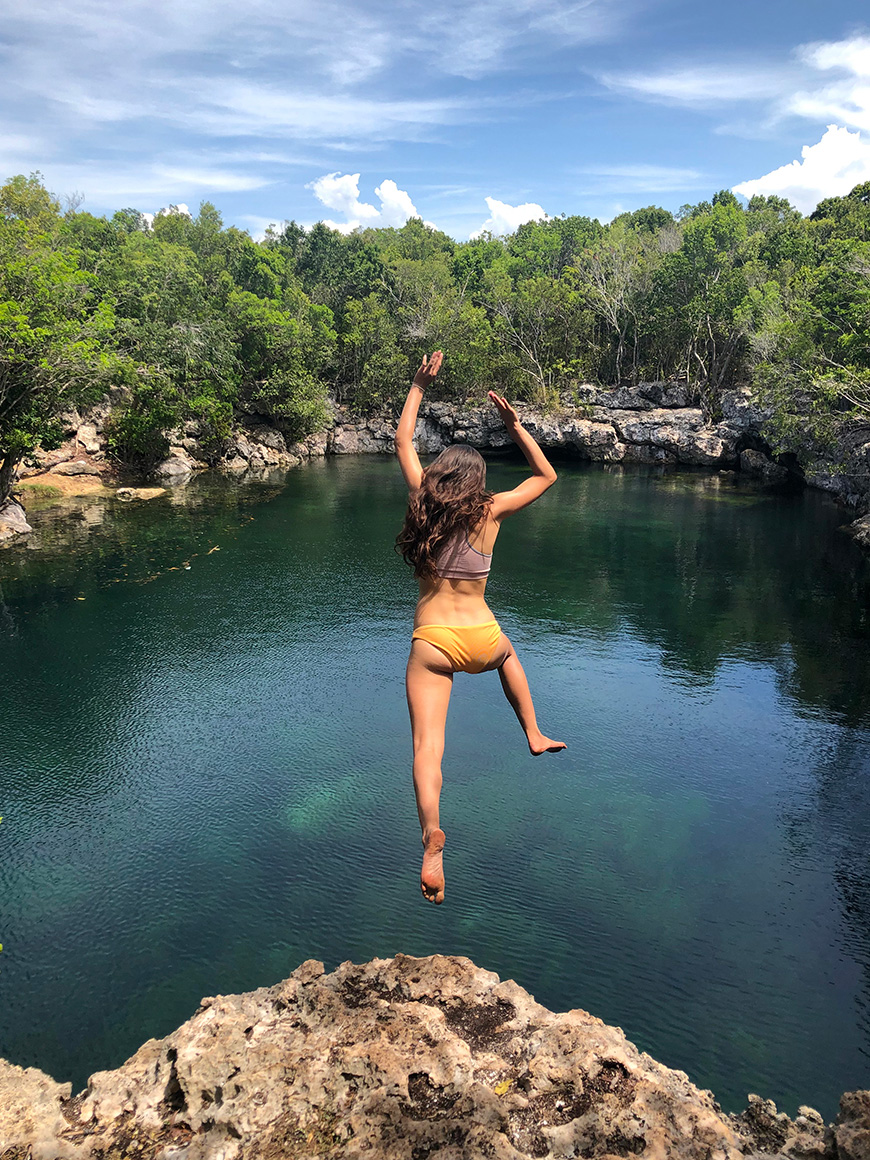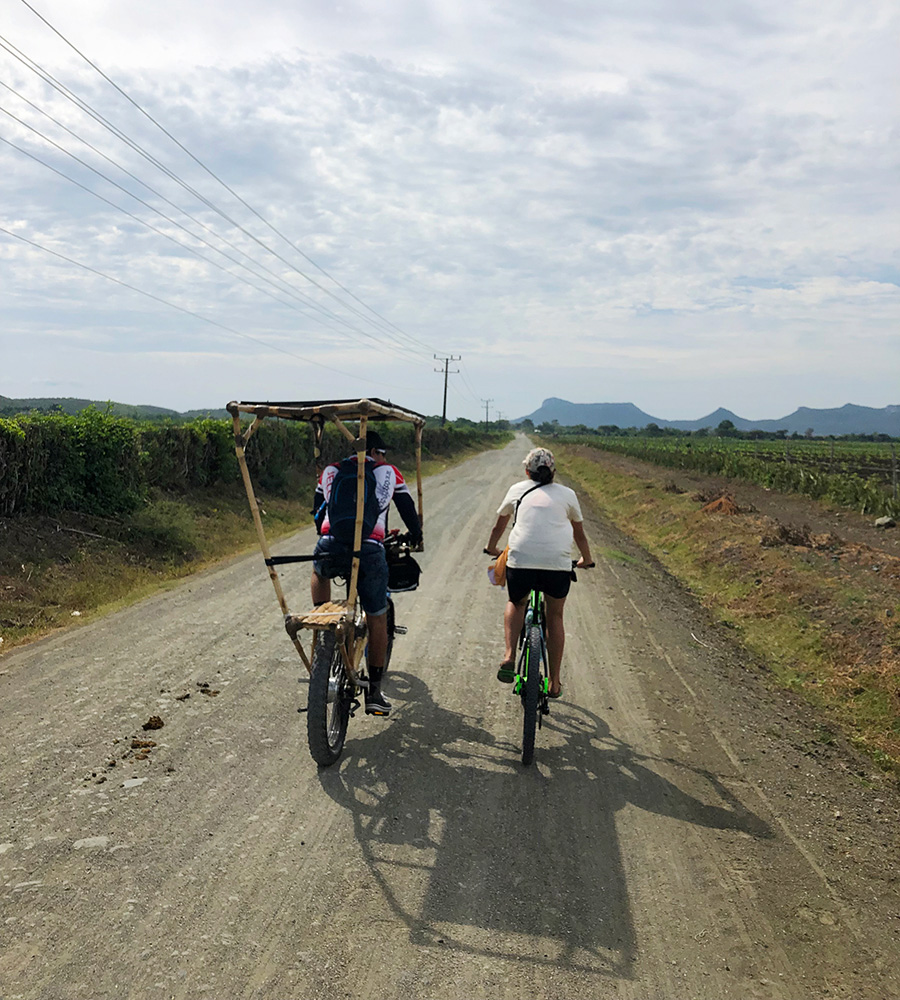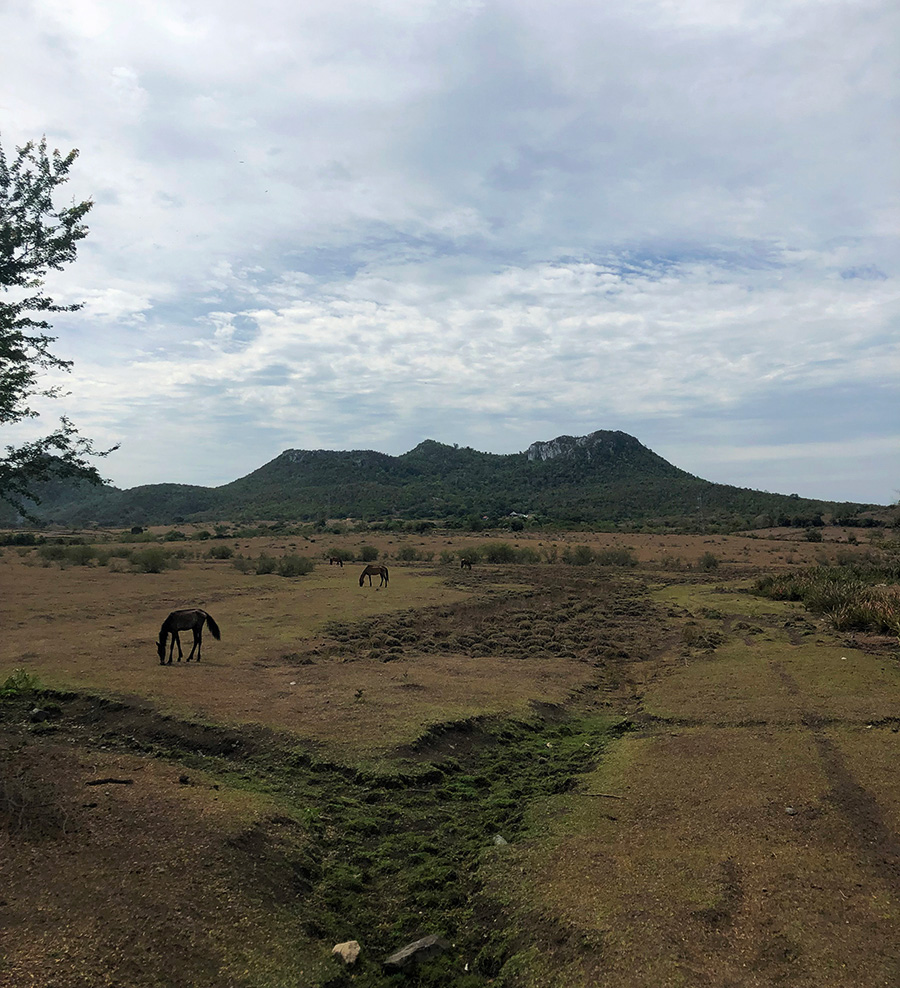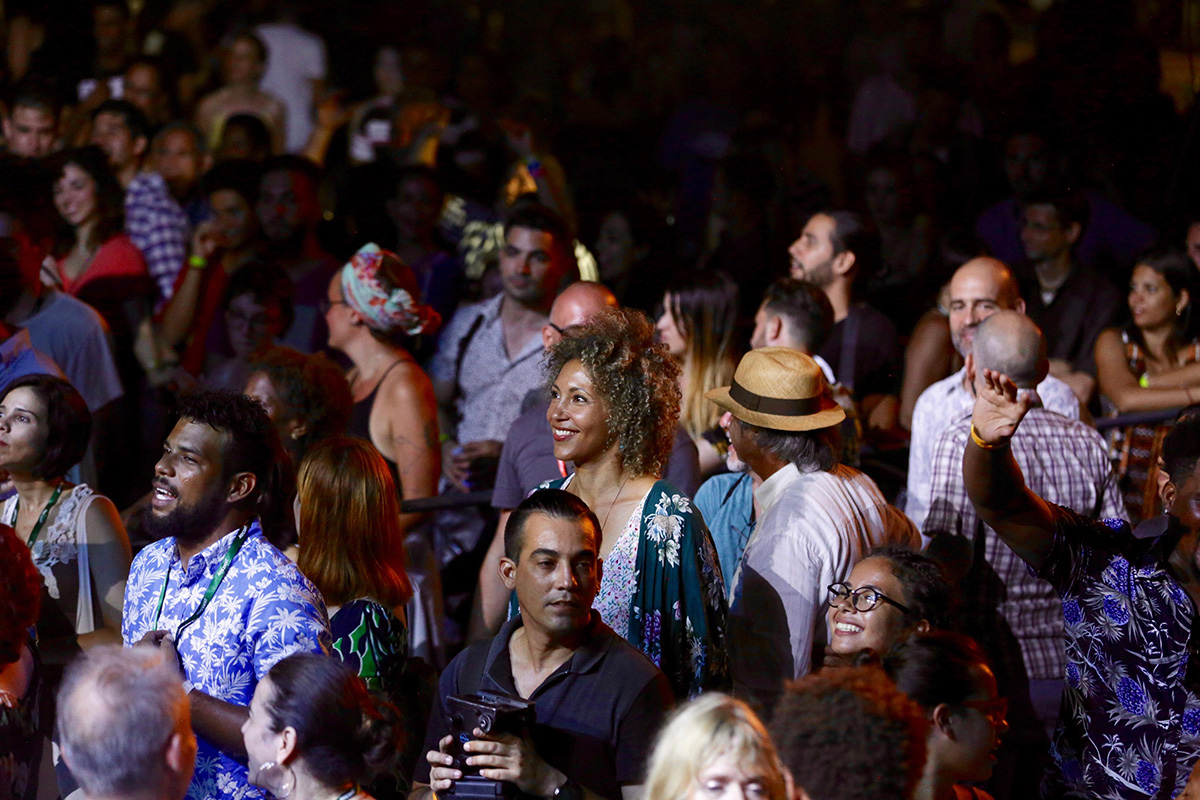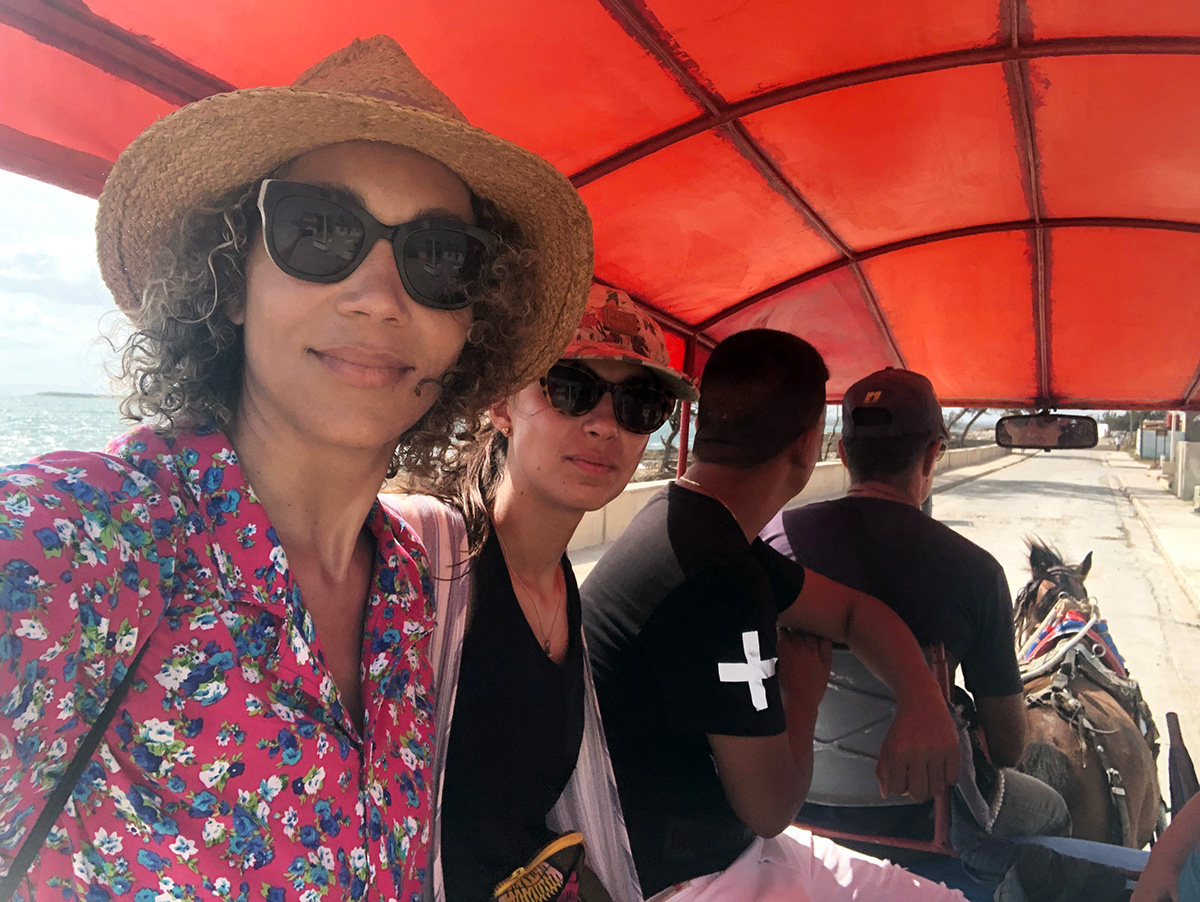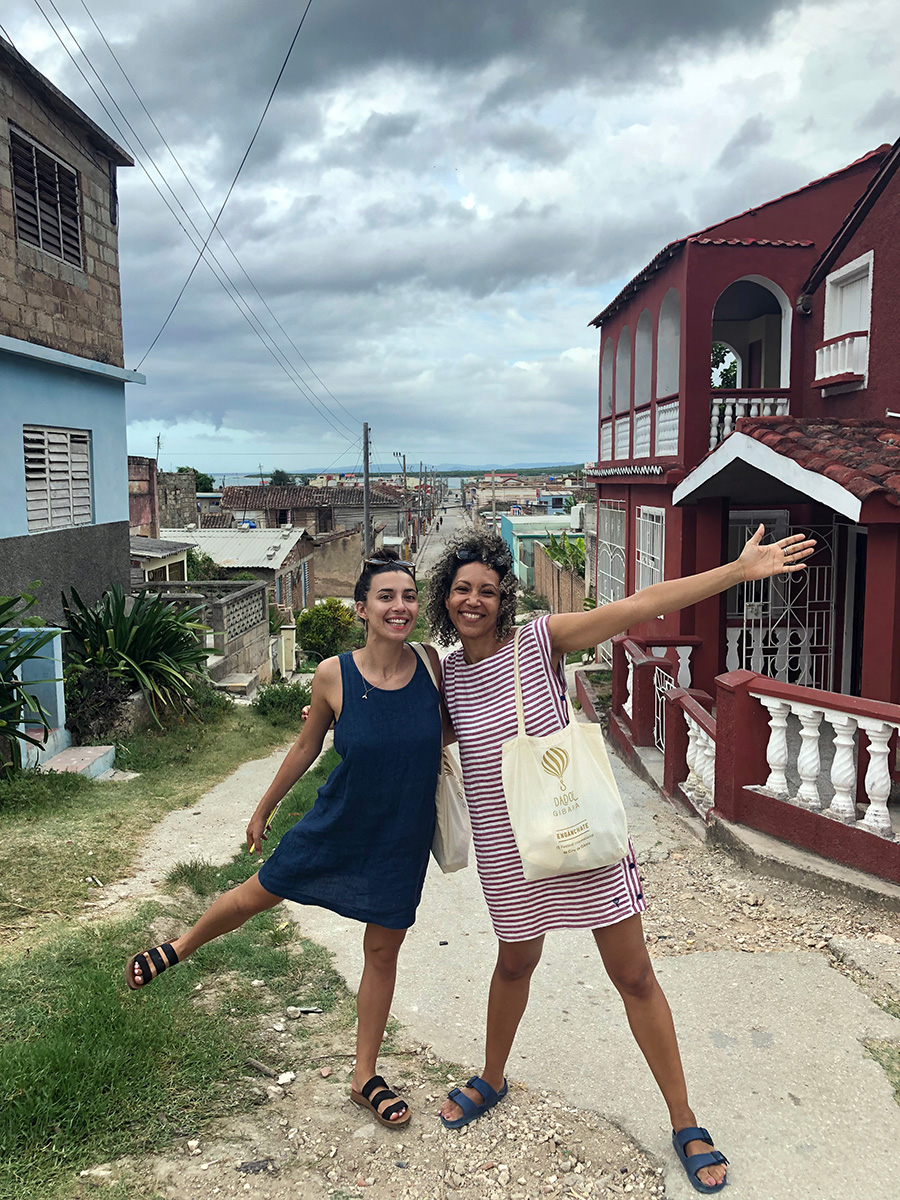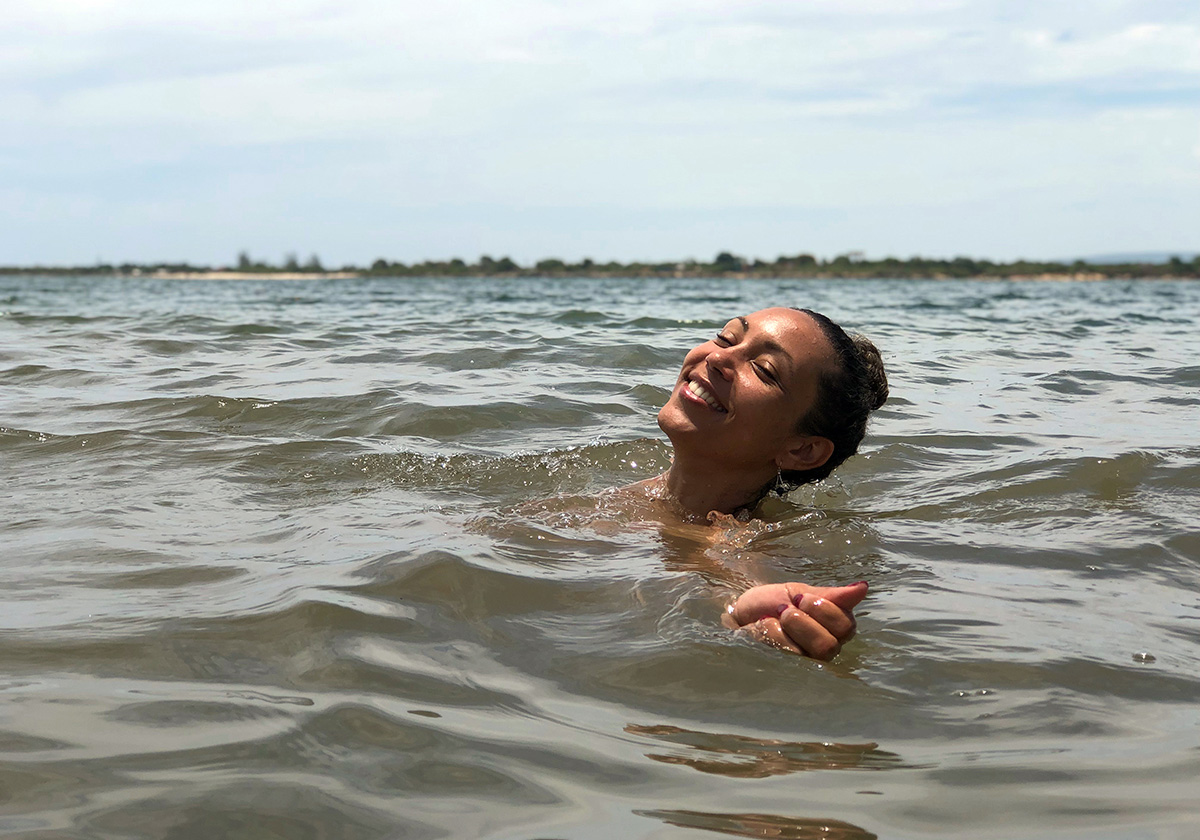Gibara Travel Diary
Gibara is a magical, lost-in-time town on the north coast of eastern Cuba in the province of Holguin, 758 km (470 mi) from Havana. It is magical because as soon as you enter the town, you forget all worldly problems and are drawn in by the picture perfect landscape, crumbling nostalgia, colonial architecture, friendly locals and the refreshing smell of seawater.
I had only been to Gibara once before in 2009, during the Festival de Cine Pobre, the low-budget indie film festival in Cuba. Back then the festival was just in its early years. Cuba still did not allow private enterprise. I was in my early 20s and just starting to work on low-budget student films. I remembered the town and the bay and the small seafood carts next to the water, but most of my other memories had faded.
It wasn’t until a couple years ago when Jorge Perrugurria, one of Cuba’s leading actors,was named president of the festival. Pichi, as he is known in close circles, gave the festival a new wave of fresh air and attention. It would become a cultural gathering where the arts would interact with community development, making it one of the most anticipated events of the year.
This year, Dador was given the opportunity to be a part of the festival with a small sponsorship role. One of our missions is to build social awareness, so it made sense for us to go and see other ways we could collaborate in the long run with the festival. As a fashion designer and creative director, I’m always looking for inspiration and travel opportunities.
Ilse and Raquel, the other two designers at Dador, would hold down the fort in Havana, so I called my friend Isabel to see if she wanted to go. She didn’t need much convincing, and we started to figure out the logistics of how to get there and where to stay.
The first part was the road trip! It’s 758 km from Havana, and it’d be an understatement to say that the Cuban transportation system and roads are not the best. We decided to hire a driver with a car and share it between four friends. It took us 12 hours to get there, with very few stops along the way, one stop due to a blown out tire! You can also take the bus to the nearby city of Holguin, or fly into the Holguin airport and then take a taxi to Gibara, but the Cuban countryside is beautiful and even though the road trip there feels long, it’s totally worth it. Once we got to Holguin, we hopped in a different car to take us to Gibara, another 24 km away.
Gibara greets you with the beautiful view of the bay surrounded by mountains in the background and the picturesque, obligatory instagram photo of small boats docked in the bay. Humberto Solas, the founder of the film festival and one of Cuba’s great directors, was inspired by this town. I understand why.
We stayed at a casa particular, a Cuban-style AirBnB hosted by Fernando and Yaima. They’re the best. So friendly and open. The classic Gibareños.
We didn’t really have a plan. The next day our friends Kasia and Orly moved to a new AirBnB. It was a beautiful wooden floor colonial house whose owner, Ana, also rents bikes, and together with her brother Cesar, makes the bike frames out of bamboo! We were intrigued and went to meet Ana and check out their bamboo bikes. This was by far the highlight of our trip. It changed everything! We immediately found out that there’s so much life outside of the town and we could reach it all on bikes. She started telling us about all the bike tours, adventures and expeditions they do with different groups during their visits. We were hooked and decided to try it out the next day.
The first stop would be Caletones, a tiny fishermen’s town 19 km west of Gibara, right along the coast. We wanted to check out a family owned restaurant there, which is supposed to be the best seafood around, and then go find Tanque Azul, a natural cenote pool. So we set out on our bikes, with our friendly guide Michel.
Advice: If you’re going on bikes, bring water, sunscreen, wear long sleeves and a hat!!! We left around 10:30 am and almost got fried under the strong Caribbean sun. The road there is flat, passing two viewpoints of windmill farms along the coast. If you don’t want to commit to biking, you can always rent a car or take a local motorcycle taxi cart.
We had lunch at the paladar La Esperanza. It was delicious! The fresh fried fish was the best I’ve ever had. I ate two! And the octopus is a must try.
We left the bikes there and started to make our way 4 km inland to find the natural pools we had heard so much about. Arriving at Tanque Azul feels like landing in paradise. The deep blue pool is an oasis, so far removed that you forget where you are. Let go and jump in! Bring snorkeling gear if you can.
The hardest part about leaving paradise was biking back to real life, riding into the wind the entire way. It is known that the ride back from Caletones to Gibara is always against the wind, so taking it easy is key. In total that day we biked 36 km and walked another 8 km.
The next day, our biking adventure took us to the sight where supposedly Christopher Columbus first landed in Cuba in 1942, claiming as he touched land that Cuba was “the most beautiful land human eyes had ever seen.”Cayo Bariay is 28km east from Gibara on the way to the well-known resort area of Guardalavaca.
This time aroundwe were guided by Cesar, Ana’s brother who makes the bamboo bike frames, and who on this occasion was riding his homemade solar panel powered bamboo bicitaxi. This is the future of sustainability!
This ride was longer than the day before but so beautiful. We got to ride around the picturesque Cuban countryside and small little towns that feel like they’ve been frozen in time.
Cayo Bariay is definitively worth the visit for a day trip. It’s a big bay with a local beach, food options and great views. You can also take a small boat across the bay to another beach, or if you prefer a nice sandy beach with a touristy setting, head on another 34 km east to Guardalavaca.
We biked around 56 Km that day.

You’re probably wondering up to this point about the film festival! After all, that was the whole reason for my visit to Gibara in the first place. All festival activities happen around town and there are plenty of events, screenings, panel discussions, concerts, fiestas, and lots of people to see and places to visit around Gibara. You can get a festival guide at the main movie theater and the Festival HQ that’s at Hotel Ordaño.
The official start of the festival is celebrated with a big street parade and fireworks. Apart from the film screenings, there are photography and art exhibits, theater performances and a variety of panels that included topics such us innovation & architecture. This year one of the highlights was Casa Gitana, where you could go relax and experience reiki and meditation sessions with a wonderful international crowd. The Clandestina “Dame Tu Pulover” pop-up is a great opportunity to get a tote bag or t-shirt printed with the staple slogan, “Actually, I’m in Gibara”.
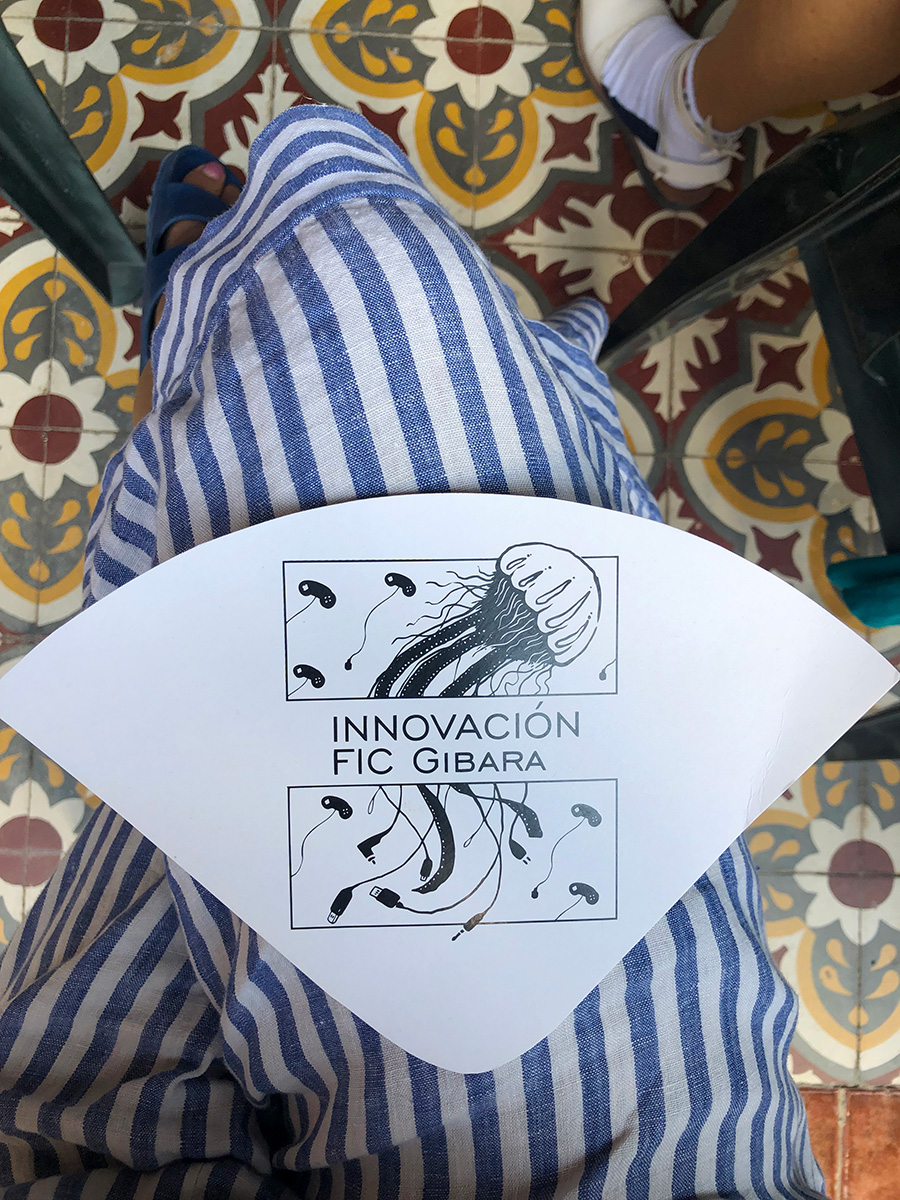
Innovation and Entrepreneurship panel

Innovation and Entrepreneurship panel
At night the music scene is king! A great selection of Cuban singers and bands bring the town square to life, where locals and festival goers make the best of the late-night food stands and good music. This year the bands that brought the house down were Cucu Diamantes, Toques del Rio, Habana Abierta and Cimafunk.
There are also many other fun activities around town not related to the festival. Most of the beaches around Gibara are small and rocky, but you can still go for a swim when the heat becomes too much. If you feel a little more adventurous, take a boat ride across the bay to a hidden beach or share a catamaran ride with friends around the bay. Advice: do not bring your phone with you during the catamaran ride. Leave it with all your other belongings at the rental stall.
The Panaderos cave also is a must visit. I highly recommend going with a guide that will provide you with helmets and lights. Bring your swimsuit and get ready to take a dip in the natural subterranean stream you’ll find at the end of the cave.
There are plenty of cheap food options around,especially the food carts. The best paladar we ate at in town was at Villa Caney, an AirBnB that doubles as a restaurant. The portions here are massive, so order with care. Try the fresh crabmeat, shrimp and fish. Another well-known restaurant is La Cueva Taina. It’s somewhat on the outskirts of town and it only opens from 12 pm to 7 pm. If you’re looking for a more exclusive hipster option, try the new Villa de la Rosa restaurant.
With one day to go before heading back to Havana, we decided to go on another bike ride and check out Cesar’s house and workshop in the countryside. That’s were they make all the bamboo bike frames. Isabel was super excited about all the tamarind trees around the property that Ana had told her about. This was just 15 km away and it was easy riding all the way. Cesar and his wife live in a small modest country house surrounded by fruit trees, pigs, goats, cows and horses. Throughout the afternoon there, we saw several wild horses and a cow roaming around on the loose. We were greeted by a table full of delicious tropical fruits and spent the day talking about the history of Gibara, entrepreneurship and sustainability in Cuba, and when we got tired of talking, we went on a tamarind hunt from a 100 year old tamarind tree. That afternoon was magical, and I will treasure it always.
The bus ride back from Gibara to Havana was long, especially after not having slept the night before, still on a music high after the closing concert with Habana Abierta and Cimafunk. I couldn’t stop thinking about all the amazing experiences my friend Isabel and I had that week.
We went to Gibara with no real plans or expectations, driven by the festival hype and our desire to escape the everyday grind of Havana. We found new perspectives, had wonderful new experiences, encountered welcoming people and made new friends. My inspiration levels were high and I wanted to hang on to every single moment from that week. I’m already planning a more substantial project for next year that will be my love song to Gibara, and hopefully add a little grain of sand to the cultural and economic growth of that special place known as the “La Villa Blanca de los Cangrejos,” “The White Villa of the Crabs.”
